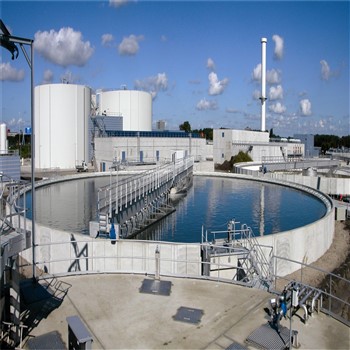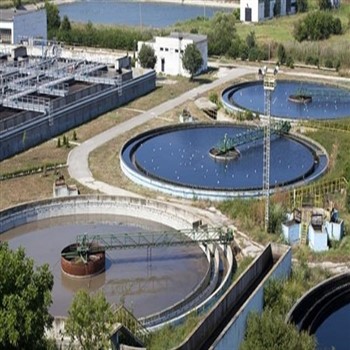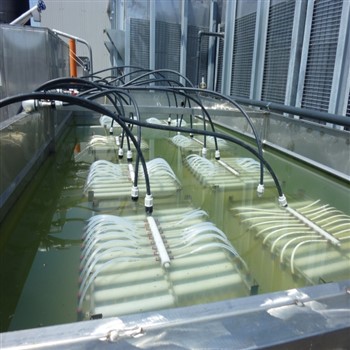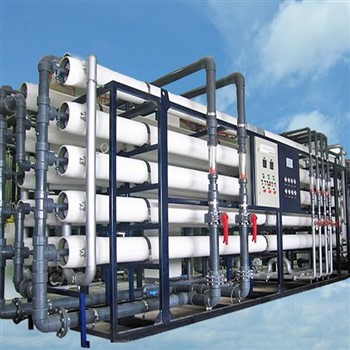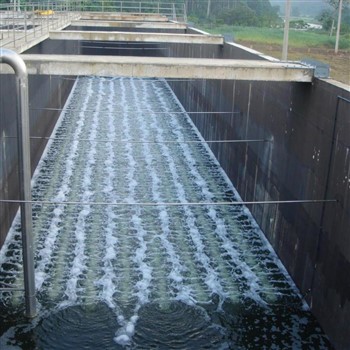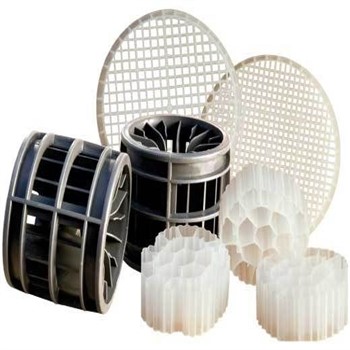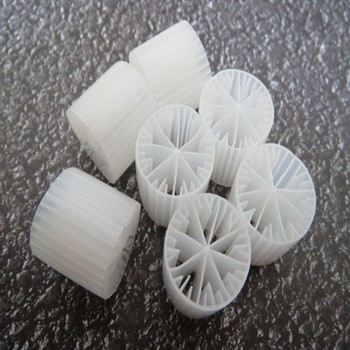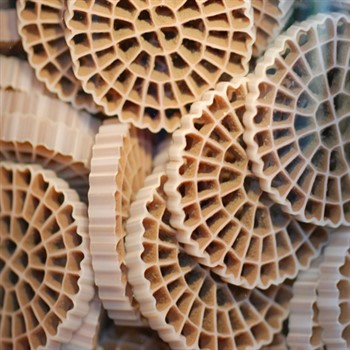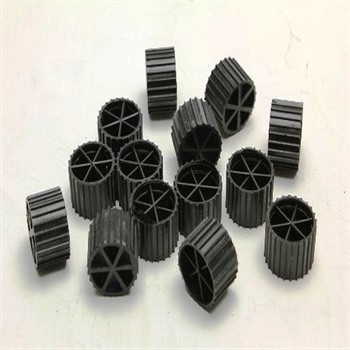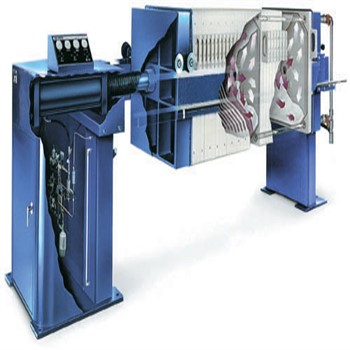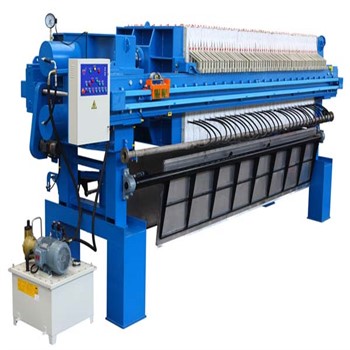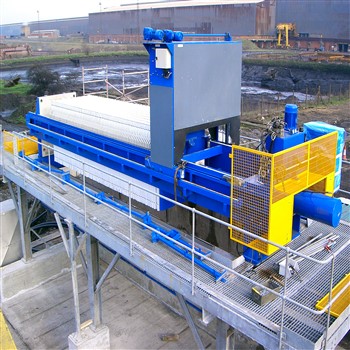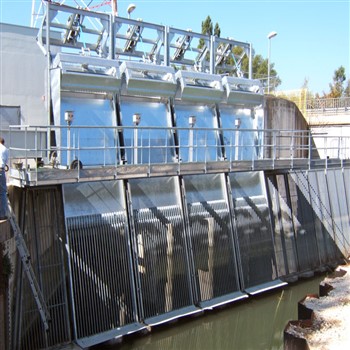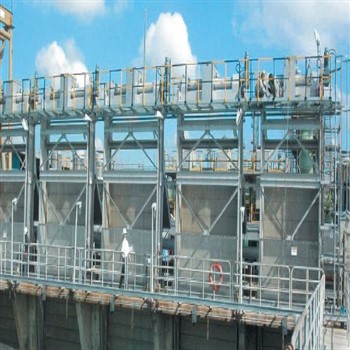Wastewater treatment is a process used to convert wastewater – which is water no longer needed or suitable for its most recent use – into an effluent that can be either returned to the water cycle with minimal environmental issues or reused. The latter is called water reclamation and implies avoidance of disposal by use of treated wastewater effluent for various purposes. Treatment means removing impurities from water being treated; and some methods of treatment are applicable to both water and wastewater. The physical infrastructure used for wastewater treatment is called a wastewater treatment plant
Sewage Treatment Plant
waste water treatment plant
Membrane Bio-Reactor Systems(MBR)
The term ‘membrane bioreactor’ (MBR) is usually used to define wastewater treatment processes where a perm-selective membrane e.g. microfiltration or ultrafiltration is joined with a biological process – a postponed growth bioreactor.
Membrane Bioreactor (MBR) systems proposal some effective and economic compensations equated to conventional wastewater treatment plants. By incorporating GE’s membrane technology, MBR systems eliminate the need for secondary clarifiers and tertiary treatment. This allows for increased performance with a smaller footprint.
MBRs differ from ‘polishing’ methods where the membrane is employed as a discrete tertiary treatment step with no return of the active biomass to the biological process.
Moving Bed Biofilm Reactor (MBBR)
With the Moving bed Bioreactor (MBBR) an carefully solution is offered for wastewater treatment if the “bulk” of the pollution load must be disposed of (as means of cost reduction) or if applicable discharge regulations are not as strict.
With this request we offer progressive wastewater treatment solutions for the industrial and municipal markets. These solutions significantly increase the capacity and efficiency of existing wastewater treatment plants, while minimizing the size of new plant deployments.
This method makes it possible to attain good efficiency results of disposal with low energy consumption. This process is used for the removal of organic substances, nitrification.
Filter Press
An industrial filter press is a tool used in separation processes, specifically to separate solids and liquids. The process uses the principle of pressure drive,[clarification needed] as provided by a slurry pump. Among other uses, filter presses are utilized in marble factories in order to separate water from mud in order to reuse the water during the marble cutting process.
Generally, the slurry that will be separated is injected into the center of the press and each chamber of the press is filled.[1] Optimal filling time will ensure the last chamber of the press is loaded before the mud in the first chamber begins to cake. As the chambers fill, pressure inside the system will increase due to the formation of thick sludge.[2] Then, the liquid is strained through filter cloths by force using compressed air or water. Pressurized water requires more time to pass through the chambers compared to pressurized air, but the use of water is more cost efficient.
Bar Screen
A bar screen is a powered filter used to remove large objects, such as rags and plastics, from wastewater. It is part of the primary filtration flow and naturally is the first, or preliminary, level of filtration, being installed at the influent to a wastewater treatment plant. They typically consist of a series of vertical steel bars spaced between 1 and 3 inches apart.
Bar screens come in many designs. Some employ automatic cleaning mechanisms using electric motors and chains, some must be cleaned manually by means of a weighty rake. Items removed from the influent are called screenings and are collected in dumpsters and disposed of in landfills. As a bar screen collects objects, the water level will rise, and so they must be cleared regularly to prevent overflow.
Download Brochure

